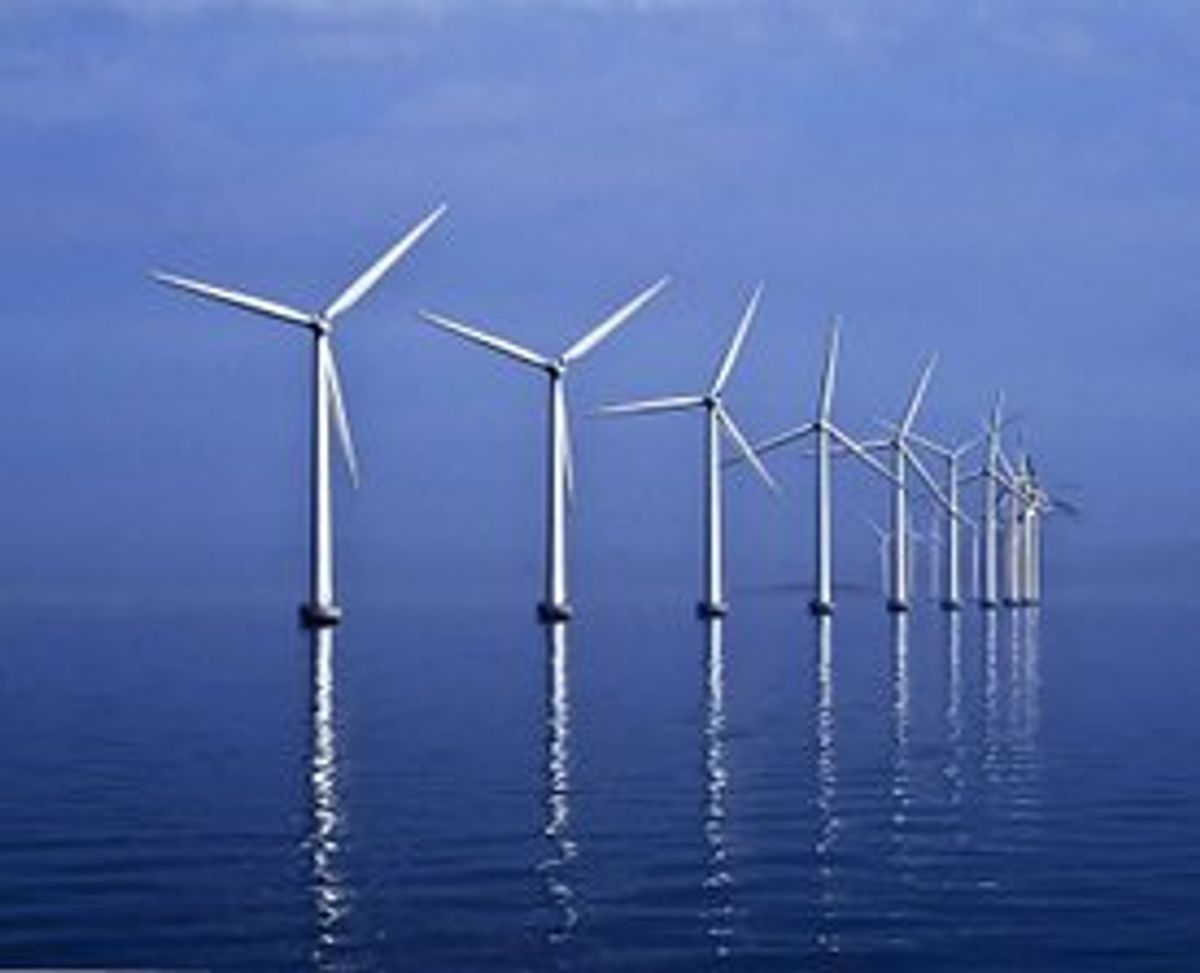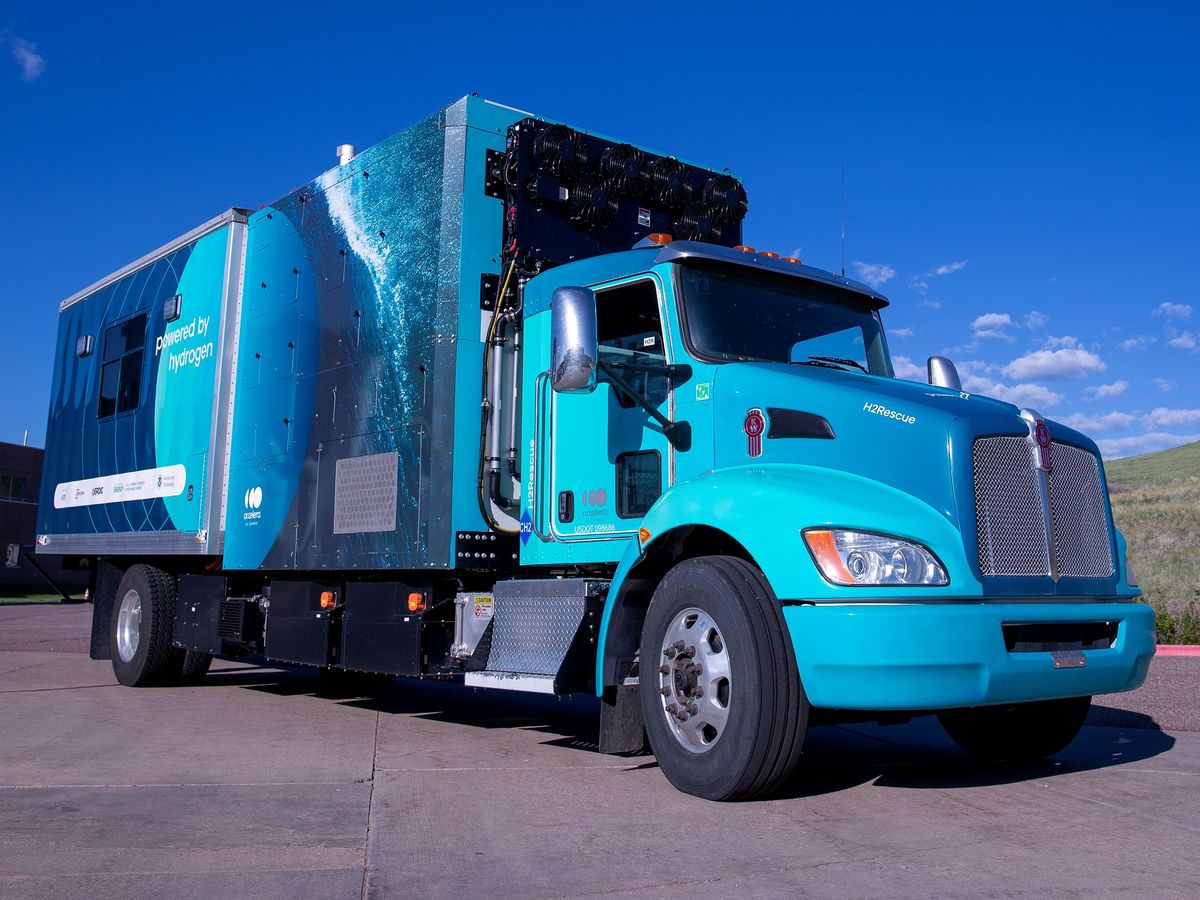Offshore wind is no different, and is even more complicated in terms of transmission because it's, you know, off shore. With the offshore wind industry poised to take off -- or at least finally get one foot off the ground -- there is now a proposed project that would theoretically ease the transmission issues of wind farms up and down the Atlantic coast.
A project to be known as the Atlantic Wind Connection will create a huge "transmission backbone," with undersea cables sited miles off the coast aimed at connecting new wind farms to the power grid without the need for piecemeal infrastructure. The project is run by Trans-Elect, with financial backing for its estimated $5 billion price tag from Google and others.
The Atlantic Wind Connection will run for 350 miles along the coasts of Virginia, Maryland, Delaware and New Jersey. A direct-current series of cables, it will be the first undersea cable in the US to actually pick up generated power along the way. And at 15 to 20 miles off the coast, if wind turbines are built around the backbone they will be barely visible from shore.
It has been a banner couple of weeks for the nascent (still) offshore wind industry. A recent National Renewable Energy Laboratory report indicated the massive potential of the wind flying past US shores -- four times that of all the existing electricity generation in the country -- and Secretary of the Interior Ken Salazar finally signed a 28-year lease allowing the 130 Cape Wind turbines to be built.
And at the signing of that lease, last week, Salazar hinted at this week's transmission announcement.
"By identifying high priority areas offshore for potential wind projects, we can explore the development of a transmission backbone in the Atlantic Ocean to serve those areas," he said. "Rather than develop transmission infrastructure plans on a piecemeal basis, we should – in close coordination with the private sector, states, and tribes – lay out a smart transmission system, up front."
(Image via Kim Hansen/Wikimedia Commons)
Dave Levitan is the science writer for FactCheck.org, where he investigates the false and misleading claims about science that U.S. politicians occasionally make.




